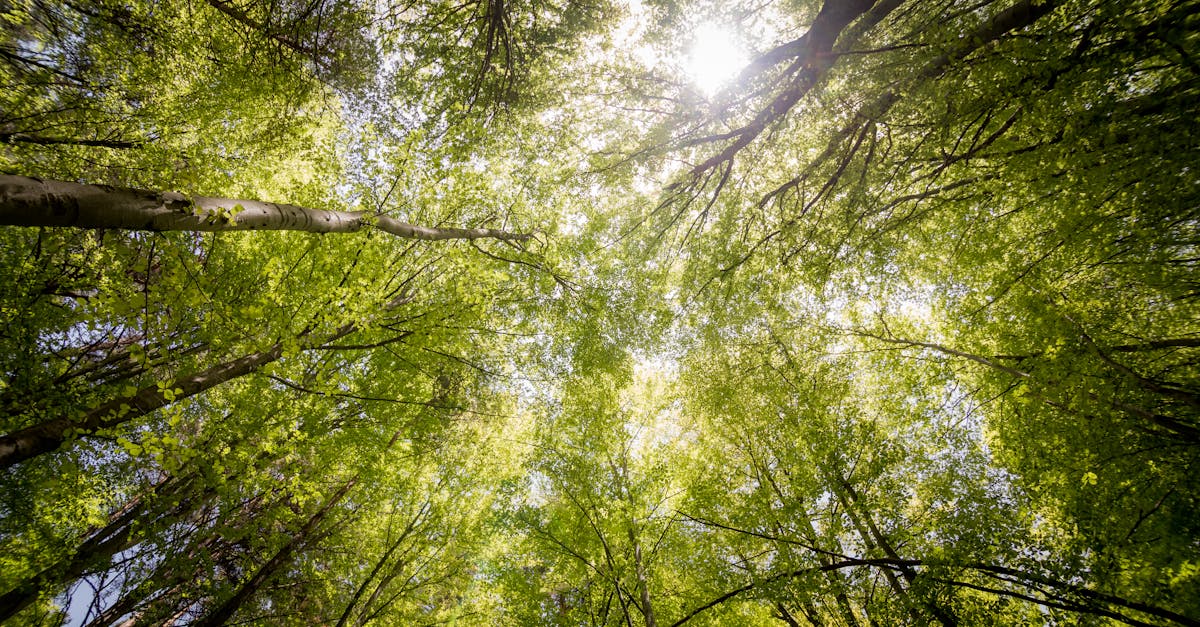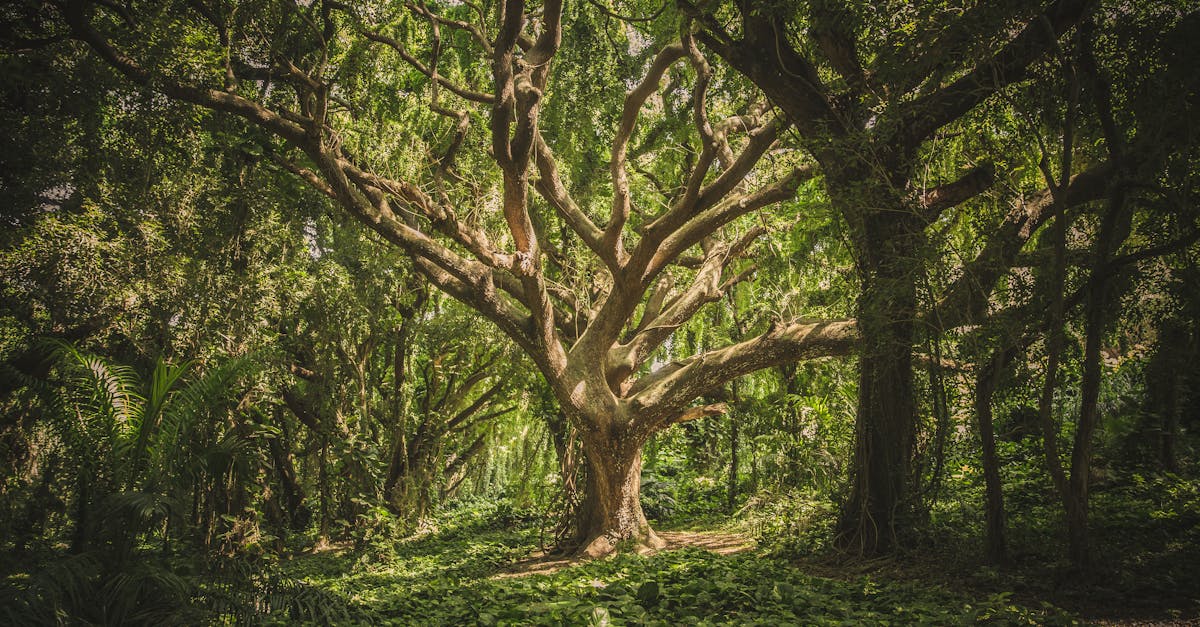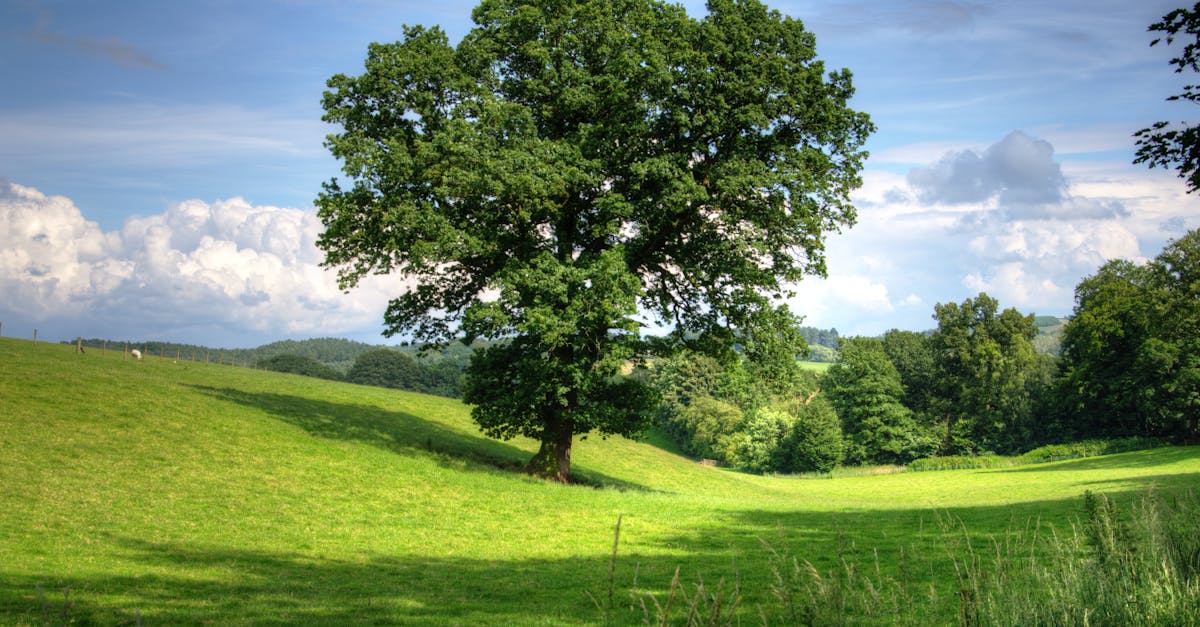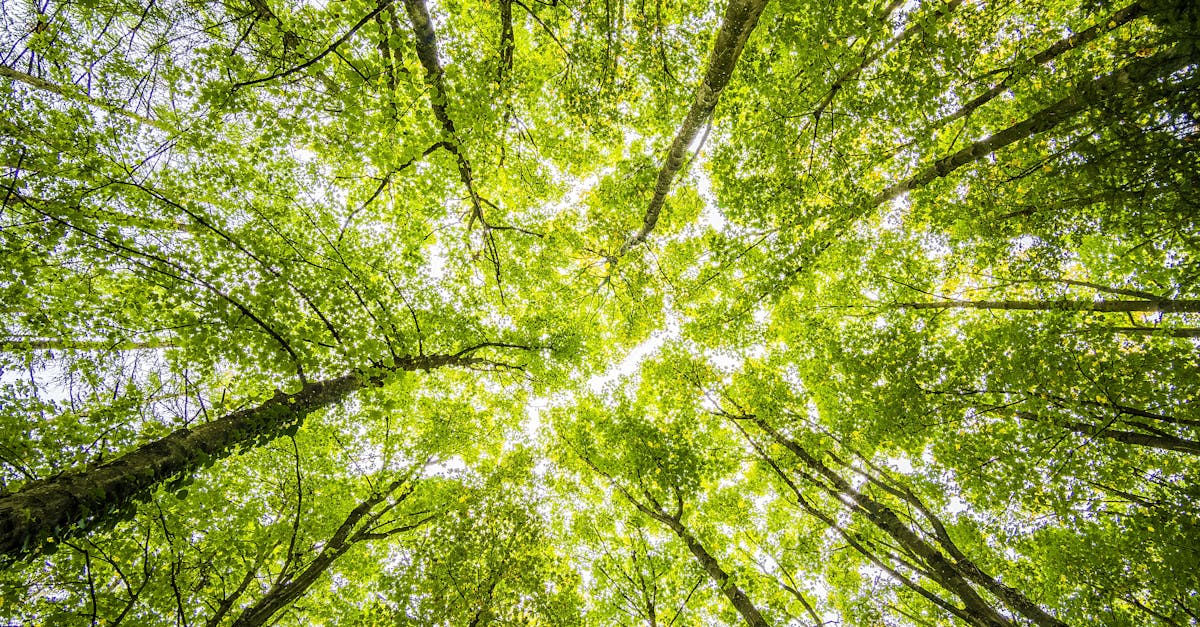
Tree Risk Assessment
At Selene Tree Services, we offer professional Tree Risk Assessment services to help property owners identify and manage potential risks associated with their trees. Our team of certified arborists will conduct a comprehensive assessment of your trees, evaluating factors such as tree health, structural integrity, proximity to structures, and potential hazards during severe weather conditions. Through our thorough assessments, we provide our clients with a detailed report outlining any potential risks and recommendations for mitigation. With Selene Tree Services, you can rest assured knowing that your trees are in safe hands. Contact us today to schedule a Tree Risk Assessment and ensure the safety of your property.
Tree Assessment Reports
Tree assessment reports play a crucial role in identifying potential risks and hazards associated with trees in various landscapes. These reports are typically conducted by certified arborists who assess the soil health, root system integrity, and overall structural stability of trees to determine the likelihood of failure. By conducting a thorough assessment, arborists can pinpoint any existing issues such as codominant stems, fungal infestations, or pest infestations that may compromise the health and safety of the tree.
In addition to evaluating the tree's health and structural integrity, tree assessment reports also take into account external factors such as weather conditions, proximity to buildings or structures, and potential safety hazards. By conducting a comprehensive assessment, arborists can provide valuable insights into the overall health and safety of trees in a particular landscape. These reports not only help in identifying potential risks but also guide in developing mitigation strategies to prevent tree failure and ensure the longevity of trees in North America and beyond.
Interpretation of Results
Proper interpretation of tree risk assessment results is crucial to understanding the potential hazards that trees may pose. By analyzing the data collected during the assessment process, tree professionals can determine the specific risks associated with each tree on a property. This information allows for informed decision-making regarding which trees may require immediate attention or removal to mitigate potential dangers.
The interpretation of tree risk assessment results also serves as a valuable tool for developing effective tree risk mitigation strategies. By properly evaluating the condition of trees and identifying potential risks, arborists and tree service professionals can recommend appropriate maintenance practices to reduce the likelihood of tree failure. This proactive approach not only enhances the safety of the surrounding environment but also helps property owners prolong the lifespan and health of their trees.
Tree Risk Mitigation Strategies
Tree risk mitigation strategies play a crucial role in ensuring the safety and health of trees in various environments. Proper canopy maintenance is one strategy that involves regular pruning to eliminate dead or diseased branches that could pose a risk. By maintaining a healthy canopy, trees are better equipped to withstand strong winds and adverse weather conditions, minimizing the potential for falling branches.
Another important strategy is to address issues related to the tree trunk and roots. Inspections should be conducted to assess the structural integrity of the trunk and detect any signs of decay or damage. Additionally, attention should be given to the roots to ensure they are healthy and stable. By addressing these areas, tree risk can be significantly reduced, enhancing safety and preserving the beauty of the surrounding landscape.
Proper Canopy Maintenance
Proper canopy maintenance is essential for the overall health and well-being of trees. Regularly checking the canopy for any signs of disease or pests can help prevent potential risks and hazards. Pruning dead or diseased branches, and ensuring proper distribution of foliage can promote healthy growth and longevity of the tree. In addition, maintaining a well-balanced canopy can also enhance the aesthetic appeal of the tree and the surrounding landscape.
Moreover, proper canopy maintenance plays a crucial role in the prevention of structural issues that may lead to tree failure. By assessing the canopy for any signs of weakness or imbalance, arborists can address potential risks early on and implement appropriate management strategies to mitigate these risks. Proper canopy maintenance not only helps in safeguarding the tree and property from damage caused by falling branches but also contributes to the overall sustainability of the tree ecosystem.
Role of Arborists in Tree Health
Arborists play a crucial role in maintaining the health and vitality of trees. With their expertise and experience, arborists can identify potential issues before they escalate into major problems. By conducting thorough inspections and assessments, arborists in states like Indiana, Ohio, and Georgia can pinpoint areas of concern such as fungal diseases and pest infestations, enabling them to take proactive measures to prevent further damage.
In addition to diagnosing and treating tree health issues, arborists also provide valuable guidance on proper care and maintenance practices. For instance, arborists in New York, Texas, and Oregon may recommend regular canopy maintenance to ensure that trees remain structurally sound and healthy. By implementing strategies to address risk factors such as carpenter ants and root disturbances near sidewalks and parking lots, arborists help preserve trees as valuable assets within urban environments.
Fungal Disease Prevention
Fungal diseases pose a significant threat to the health of trees and can lead to severe damage if left unaddressed. It is essential for property owners and arborists to be vigilant in preventing the onset and spread of these diseases. Regular visual inspections of trees should be conducted to detect any signs of fungal infection, such as the presence of fruiting bodies on the trunk or branches. Additionally, utilizing tools like resistographs and tomography can provide a more in-depth analysis of the tree's internal health and detect any hidden issues that may not be apparent through visual inspection alone.
Incorporating proper cultural practices, such as maintaining proper tree spacing and canopy management, can also help reduce the risk of fungal diseases. Ensuring adequate airflow and sunlight penetration within the canopy can create an environment that is less conducive to fungal growth. Furthermore, promoting overall tree health through proper pruning and fertilization can enhance the tree's natural defenses and make it more resilient to potential infections. By adopting a proactive approach to fungal disease prevention, property owners can safeguard the well-being and beauty of their trees for years to come.
FAQS
What is tree risk assessment?
Tree risk assessment is the process of evaluating trees to determine the likelihood of failure and the potential risks they pose to people or property.
Why is tree risk assessment important?
Tree risk assessment is important because it helps identify hazardous trees that may cause harm or damage during storms, high winds, or other adverse conditions.
Who should conduct tree risk assessments?
Tree risk assessments should be conducted by qualified arborists or tree care professionals who have the training and expertise to accurately assess tree health and potential risks.
How often should tree risk assessments be performed?
Tree risk assessments should be performed regularly, ideally on an annual basis, especially for trees located in high-traffic areas or those showing signs of decline.
What are some common signs of tree risk that arborists look for during assessments?
Arborists look for signs such as dead or decaying branches, cracks in the trunk, leaning or uprooted trees, and signs of pest infestation or disease during tree risk assessments.


